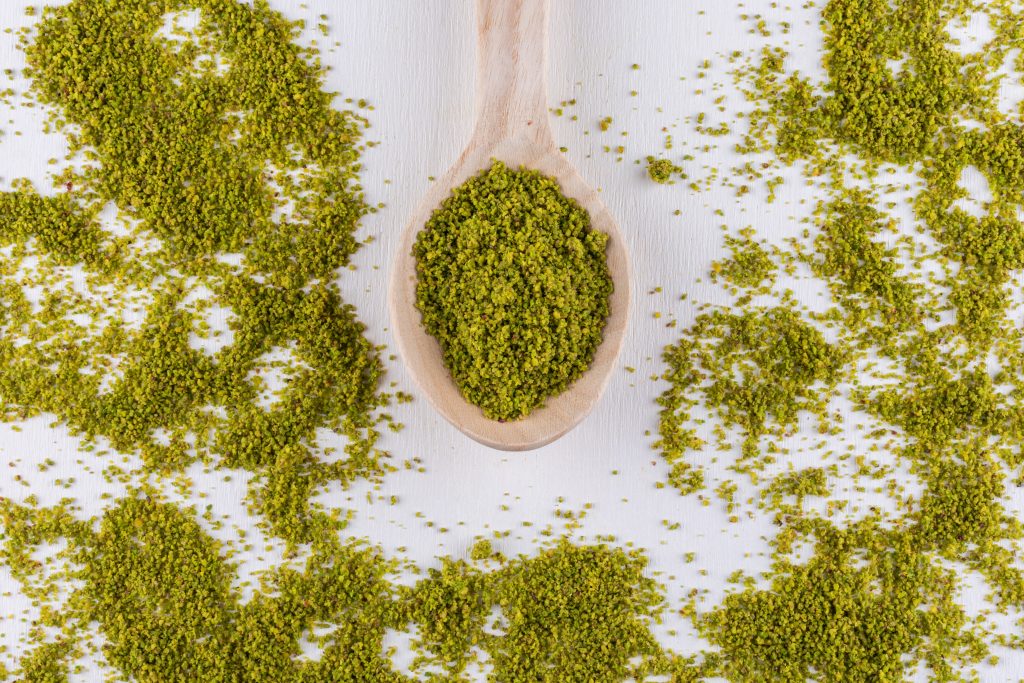If you want to learn more about growing Kratom seeds, you have found yourself on the spot. Continue reading.
It’s essential to recognize the roots of Mitragyna Speciosa, also known as Kratom, before consumption. Most kratom enthusiasts are eager to learn about this plant, its origin, and its cultivation. People are interested to know if they can grow Kratom on their own. If yes, how can they buy its seeds, and what do they look like?
Table of Contents
Buying Kratom seeds and growing Kratom is less costly than simply buying. The procedure is challenging yet fruitful. You will be getting original organic herbs at the end of the day. That’s not all-cultivating your kratom seeds could be cost-effective for kratom enthusiasts looking to save money.
Where does Kratom come from?
Kratom is a Southeast Asian herb that comes from trees comparable to those producing coffee. Many people have used the leaves of this tree as a herbal cure and as a stimulant for laborers. Due to its medicinal, relaxing, and soothing properties, it has attracted global attention.
There are several types of Kratom; however the most common are:
- Green
- White
- Red


White vein kratom
White vein kratom is named so because they appear as white veins on the leaf. White vein kratom is the most prevalent of the popular varieties. It has stimulatory properties.
Red vein kratom
The red vein is well-known for its sedative properties. It’s harvested at peak maturity when the veins on the leaves are a vibrant red.
Green vein kratom
The green vein has both stimulant and sedative properties. It provides a relaxing effect. It does not make people feel too energized or comfortable. It’s the most sought-after variety of Kratom.
How Do Kratom Seedlings Appear?
Kratom seeds appear to be one-of-a-kind. So, how do you spot them? To find out, keep reading.
Kratom seeds are tiny and delicate. Kratom seeds are difficult to distinguish from typical plant seeds, making identification challenging. They are found in seed pods. You will most likely notice the pod as the source is hidden inside. The pods resemble balls with soft spines emerging from all sides. These pods have seeds embedded in them. The seeds must first be broken down to pass through. If the shells are not broken into bits, the seedlings will not be able to germinate.
Fertilized and unfertilized seed pod
A fertilized kratom seed pod resembles a 3-dimensional, more comprehensive representation of the coronavirus. The only difference is that this seed pod will only do you good! Unfertilized kratom seed pods resemble a round ball rather than a spherical. It has little bumps that turn into spikes once the pod is fertilized.
How can I grow Kratom from seeds?
Cultivating Kratom is similar to growing any other plant. When it comes to increasing Kratom, patience and endurance are required. Because Kratom comes from South Asia, it may be tough to use if you are a beginner. It doesn’t mean you can’t grow Kratom in different soils; it means you could have more problems than usual. So, what are the best conditions for growing Kratom? Keep reading to find out!
Nitrogen
The soil must be rich in nitrogen if you want to grow Kratom. Use the correct fertilizer to nourish the growth of kratom seeds.
Water balance
If Mitragyna Speciosa is left in water for longer than necessary, it is vulnerable to fungus infection. As a result, you must be careful of the amount of water you are delivering. Indeed, don’t assume you should shower your plant less or even that you should water it properly. Soon after, you’ll begin to appreciate the most pleasing consequences.
Adequate sunlight
You should know how important sunlight is if you’re new to Mitragyna. You must strike a balance so that your plant does not receive too much sunlight or is always shaded, as this will kill it. Consider building an awning if you wish to provide shade.
Warm air
To assist your Mitragyna, the Kratom plant generates more alkaloids and nurtures them in a warm atmosphere. A modest fan can be used to keep the Kratom plant fresh.
Planting the seeds
Fill a tiny planter with soil, allowing about two inches from the top, after purchasing or muddling up your tropical soil mix. Spread your seedlings over the soil’s base and carefully cover them.
To provide a greenhouse effect cover planter. It will aid in humidity. Remove the cover once in a while to allow the fresh air to pass through to prevent molding. Be patient. It takes weeks to sprout.
Germination
Germination of kratom occurs in following steps:
- Split off a section of the seed pod and select the amount of seeds you want to hatch from the ripped segment if you have Kratom seeds in the pod.
- Pour 1-2 layers of peat moss in the available container.
- Sprinkle the top area of peat moss with water. Note it should not be entirely saturated.
- Sprinkle kratom seeds over the peat moss.
- Sprinkle the surface layer again after the seeds have been disseminated on the Peat. Use moss cover to keep the seedlings and topsoil moist but not wet all the way to the bottom.
- It takes around two weeks for seeds to germinate, although it’s okay if they don’t sprout. Be patient and continue to provide the best conditions possible.
Reasons to grow Kratom
You might be wondering why you should go to the trouble of growing a plant when you can buy one already developed. We’ve also got you covered there.
The following are some of the reasons why individuals opt to grow Kratom:
- It has the potential to save a lot of money
- It assists you in obtaining fresh and organic Kratom
- Growing a plant from seedlings aids in the development of empathy and connection
- Indoors, Kratom looks lovely and provides a new atmosphere
Is it legal to grow Kratom at home?
Different countries have different rules about growing Kratom. In some countries, Kratom is declared illegal hence they are not allowed to grow Kratom or even buy Kratom, but in some countries, for instance, the United States, it is legal to grow Kratom.
The bottom line
Growing Kratom from seed is difficult for anyone unless they have the opportunity of providing optimal growing conditions for Kratom. On the other hand, Kratom cultivation may be a required discipline for those who are committed to seeing it through.
If you’re determined to cultivate Kratom on your own, we’ve included a great deal of information in this article to assist you. Once you’ve met all of the requirements, all you have to do now is wait and take care of your plant, and your efforts will undoubtedly bear fruit.


Kate Freeman is the wellpreneur behind Kratomguides.com, an informative blog focused on spreading the goodness of Mitragyna Speciosa. Kate supports scientific research on this natural tree “Kratom” and believes that this herb can help millions of people to live a healthier life. She works with many kratom vendors to help extend their brand influence online. In her spare time, she enjoys gardening, cooking, trying new recipes, and locating reliable stores selling kratom on sale.















